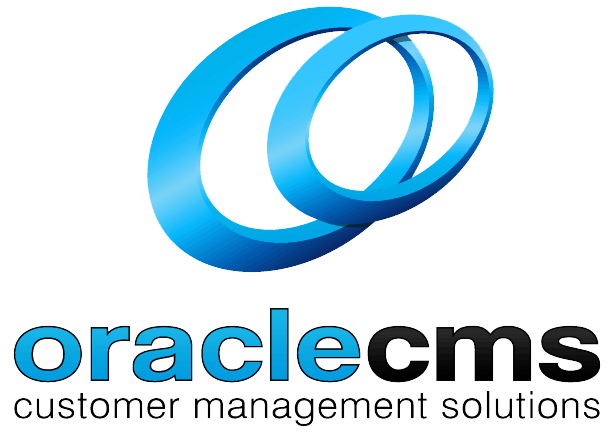
Designing Effective Chatbot Workflows
In today’s fast-paced world, one of the best ways for companies to improve their workflows is through automation. This involves using scalable technological solutions to replace manual and time-consuming processes. Essential business functions like customer support and lead generation often require employees to spend countless hours answering basic questions and gathering data. Introducing chatbots to these workflows can significantly enhance efficiency and effectiveness.
The Importance of Planning
Creating a successful chatbot starts with a clear set of plans based on thorough research and well-defined goals. Identify the problem you need to address, understand who your users are, and determine the value a chatbot can add to the situation. Whether it’s providing basic technical support, answering customer FAQs, or spreading awareness of a product, an effective chatbot workflow framework requires extensive research. This involves studying user behaviour, reviewing past interactions, and collaborating with current staff to draft a rough map of potential workflows, including how requests and responses flow through the company.
Crafting Effective Content
When creating chatbot content, clarity and conciseness are paramount. Users seek efficient access to information, not elaborate scripts. Provide essential information in as few sentences as possible, and offer the option for users to request further details via a prompt or touch-phone direction. Consistency with the tone and style that your users appreciate is crucial, ensuring the content resonates with them.
Greetings Set the Tone
The initial greeting from a chatbot sets the tone for the entire user interaction, making it a critical component of the content. Craft greetings based on insights into your users, ensuring they are friendly and aligned with the types of queries users are likely to ask first. A well-crafted greeting can enhance user engagement and satisfaction.
Managing Failure Gracefully
Despite thorough preparation, there will be instances where the chatbot cannot adequately address an issue. Prepare for these moments by creating content that directs users to contact customer support. It’s better to fail gracefully and honestly than to keep users engaged without resolution. Learning from these experiences is essential for continuously improving the chatbot workflow.
The Essence of Workflows
Designing a chatbot workflow involves mapping out the sequence of interactions between the user and the bot. This process defines the steps required to achieve desired outcomes efficiently, ensuring the chatbot can effectively understand user inquiries and provide accurate responses. A well-structured flow of conversation is crucial for a seamless and engaging user experience.
Realizing the Benefits of Automation
Substituting chatbots for human agents in tasks like customer service allows employees to focus on higher-value functions such as boosting revenue. Chatbots provide a cost-effective, unbiased, and 24/7 resource that never requires time off. The global chatbot market is expected to grow significantly, highlighting the increasing adoption of this technology by businesses aiming to reduce costs, increase efficiencies, and improve customer experiences.
Creating Detailed Workflows
After setting research and goals, the next step is to create a detailed chatbot workflow. Reviewing and analyzing existing examples of chatbot workflow diagrams can be beneficial. These diagrams illustrate different possibilities based on user responses, helping to ensure the chatbot guides customers towards successful outcomes. The workflow should also account for scenarios where human intervention is necessary, such as transferring the caller to an employee or directing them to a help desk.
Summary of Best Practices
Researching and creating a conversational workflow is essential for successfully rolling out a quality chatbot. Partnering with OracleCMS, experts in the field of chatbots can provide invaluable guidance. Our experience and expertise help plot user paths, minimize errors, and significantly enhance the overall user experience.
Conclusion
Designing effective chatbot workflows is crucial for any business looking to enhance customer interactions and operational efficiency. By carefully planning, creating, and refining chatbot interactions, companies can ensure a seamless user experience that meets the needs of their clients. The benefits of implementing well-designed chatbots include reduced operational costs, improved customer satisfaction, and the ability to provide round-the-clock support. As technology continues to evolve, staying ahead of the curve with advanced chatbot workflows will be essential for businesses aiming to maintain a competitive edge.
Frequently Asked Questions About Designing Chatbot Workflows
Q1: What is a chatbot workflow?
A1: A chatbot workflow is a mapped-out sequence of interactions between a user and a chatbot. It defines the steps required to achieve desired outcomes efficiently, ensuring the chatbot can understand and respond to user inquiries accurately.
Q2: Why is planning important in creating a chatbot workflow?
A2: Planning is essential because it helps identify the problem the chatbot needs to address, understand the users, and determine the value the chatbot will add. A well-thought-out plan ensures that the chatbot can handle user interactions effectively and meet business goals.
Q3: How does content creation impact chatbot effectiveness?
A3: Clear and concise content is vital for chatbot effectiveness. Users want quick and efficient access to information, so the content should be easy to understand and provide the necessary details without overwhelming the user.
Q4: What should be considered when designing chatbot greetings?
A4: Chatbot greetings should set a positive tone for user interactions. They should be crafted based on insights from user research, ensuring that the greeting addresses users appropriately and aligns with their expectations and typical queries.
Q5: How can businesses handle chatbot failures?
A5: Businesses should prepare for instances where the chatbot cannot adequately address an issue. Crafting polite content that informs the user to contact customer support is essential. Learning from these experiences and updating the workflow to handle similar issues in the future can improve the chatbot’s performance.
Q6: Why is it beneficial to partner with experts when creating chatbot workflows?
A6: Partnering with experts can provide valuable insights and experience, helping businesses plot possible user paths and minimize errors. Experts can guide the development process, ensuring a smooth implementation and effective chatbot performance.
Q7: How does automation improve business workflows?
A7: Automation, including chatbots, can replace manual and time-consuming processes, freeing up employees to focus on higher-value tasks. This leads to increased efficiency, cost savings, and improved customer service.
Q8: What are the benefits of using chatbots for customer service?
A8: Chatbots provide 24/7 availability, instant and consistent answers, and patience during interactions. For businesses, they reduce operational costs, increase efficiency, enhance customer experience, and help reach new customers via various platforms.


